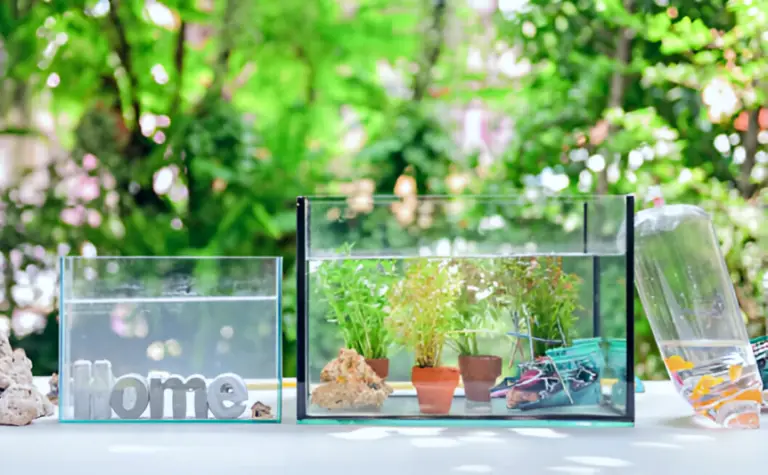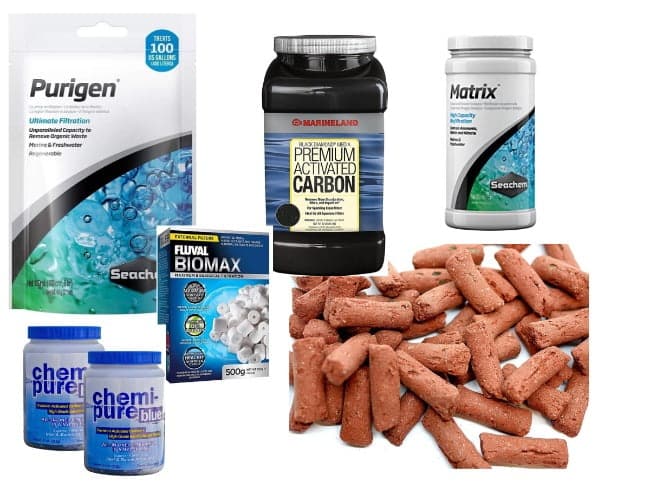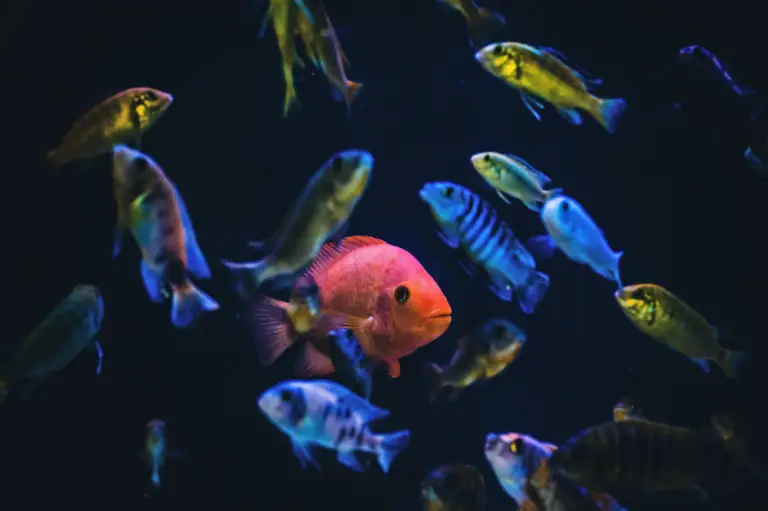6 Common African Cichlid Diseases and How to Prevent Them
As a fish-keeping enthusiast, you know the importance of keeping your fish healthy and happy. But sometimes, despite our best efforts, our fish can still fall ill. This is especially true for African cichlids, who are susceptible to a variety of health issues.
In this article, we will explore some of the most common African Cichlid diseases, how to prevent them, and how to treat them if they do occur. We’ll also provide tips on cichlid tank maintenance to help keep your fish in top condition. So, let’s dive in and learn how to keep our African cichlids healthy and happy!
Common African Cichlid Health Issues
African cichlids are hardy fish, but they can still experience tropical fish health problems from time to time. Being aware of common African cichlid health diseases is important so you can take preventative measures and catch any issues early on. Here are some of the most common cichlid diseases:
- Bloat: This disease is caused by overfeeding or feeding the wrong type of food.
- Fin rot: This bacterial infection can occur when there is poor water quality or when fish are stressed.
- Hole-in-the-head disease: This disease is caused by poor water quality and a lack of essential vitamins and minerals.
- Ich (Ichthyophthiriasis): This parasitic infection is common in new fish and is caused by stress or poor water quality.
- Mouth fungus: This bacterial infection is caused by poor water quality or when fish are stressed.
- Swim bladder disease: This condition affects the fish’s ability to swim properly.
Preventing these common cichlid diseases is possible by maintaining good cichlid tank maintenance practices, including regular water changes and a well-balanced diet. It’s also important to monitor your fish closely and address any issues as soon as they arise.
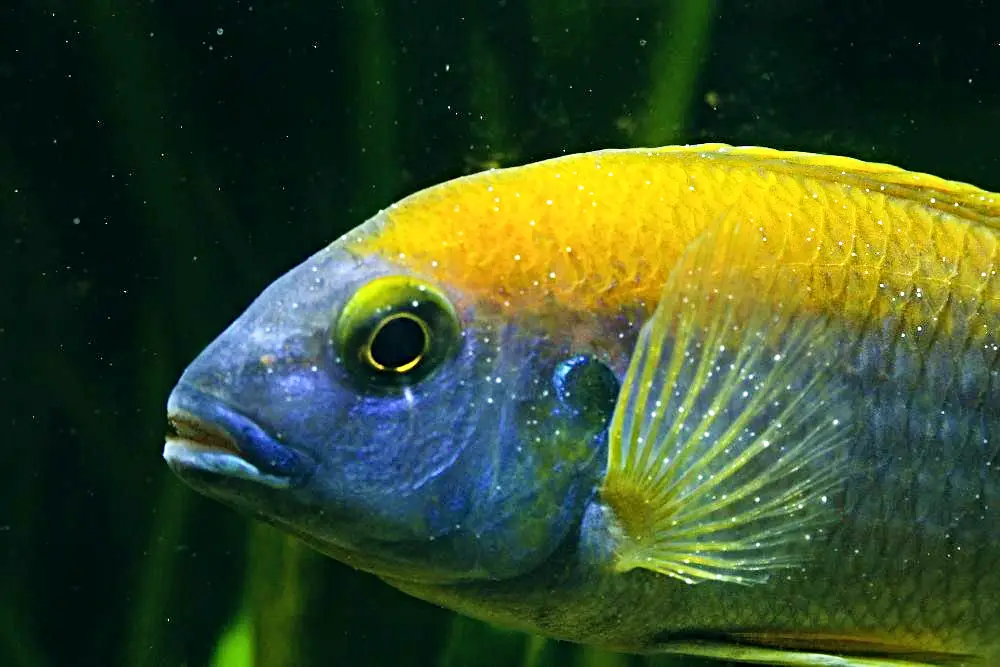
Causes and Symptoms of Each African Cichlid Health Issue
It’s essential to understand the causes and symptoms of each health issue in African cichlids to detect and treat them promptly. Here’s a breakdown of each African cichlid health issue causes and symptoms.
Bloat Causes and Symptoms
Bloat is a common health issue in African cichlids, and it’s caused by a combination of factors, including poor diet, poor water quality, and stress. The symptoms of bloat include swelling of the abdomen, loss of appetite, and difficulty swimming. To identify bloat, look for a distended belly that is firm to the touch.
Fin Rot Causes and Symptoms
Fin rot is a bacterial infection that can cause the fins of your cichlid to deteriorate. This can be caused by poor water quality or physical damage to the fins. The symptoms of fin rot include frayed or discolored fins and lethargy. To identify fin rot, look for frayed or ragged fins, and make sure to keep a close eye on your cichlid’s behavior.
Hole-in-the-Head Disease Causes and Symptoms
Hole-in-the-head disease, also known as head and lateral line erosion (HLLE), is a condition that causes pitted lesions on the head and lateral lines of African cichlids. It’s thought to be caused by poor water quality, vitamin deficiencies, and stress. Symptoms of hole-in-the-head disease include pitting, erosion, and discoloration of the head and lateral line.
Ich Causes and Symptoms
Ich is a common parasitic infection that can affect African cichlids. It’s caused by a parasite that attaches to the cichlid’s skin and fins. The symptoms of ich include white spots on the skin and fins, flashing, and scratching against objects. To identify ich, look for small white spots on your cichlid’s skin and fins.
Mouth Fungus Causes and Symptoms
Mouth fungus, also known as cottonmouth, is a bacterial infection that can affect the mouth and lips of African cichlids. The causes of mouth fungus include poor water quality, overcrowding, and physical damage to the mouth. The symptoms of mouth fungus include white growths on the mouth and lips, as well as lethargy and loss of appetite. To identify mouth fungus, look for white growths on your cichlid’s mouth and lips.
Swim Bladder Disease Causes and Symptoms
Swim bladder disease is a condition that affects the swim bladder, which is a gas-filled organ that helps fish maintain buoyancy. The causes of swim bladder disease include overfeeding, constipation, and bacterial infections. The symptoms of swim bladder disease include a cichlid that is swimming upside down, sinking to the bottom of the tank, or floating at the surface. To identify swim bladder disease, observe your cichlid’s swimming behavior closely.
Prevention is key to avoiding common cichlid diseases. By ensuring a healthy diet, maintaining proper water quality, and providing adequate space and enrichment in the tank, you can help prevent many of these health issues from occurring.
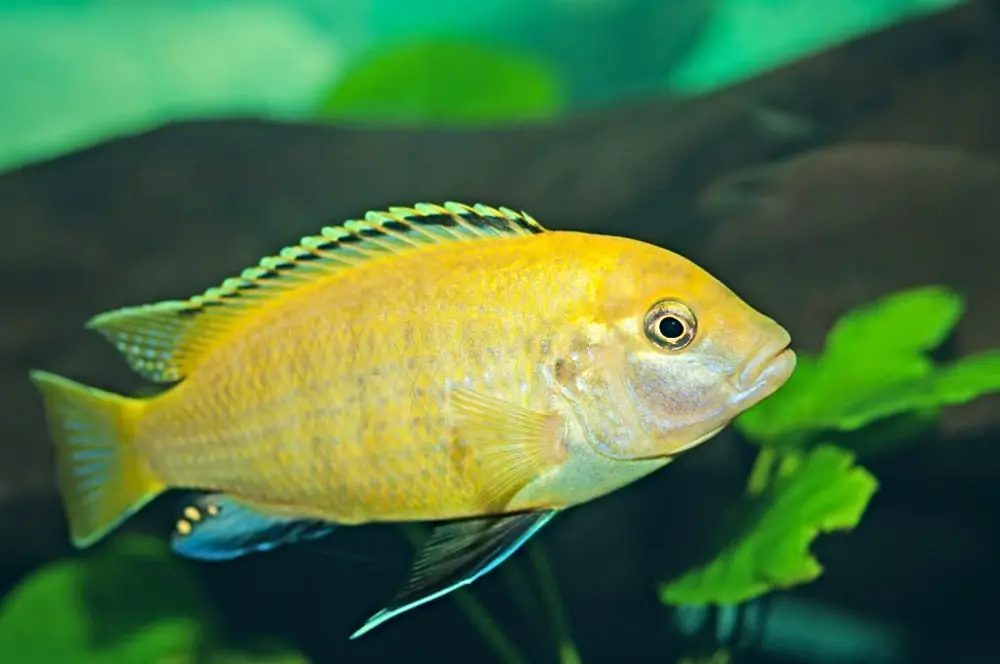
Prevention and Treatment of Each African Cichlid Health Issue
Now that we’ve discussed the causes and symptoms of the most common African cichlid health issues, let’s move on to prevention and treatment. As they say, prevention is better than cure, so it’s important to take preventative measures to keep your cichlids healthy and happy. That said, there are medications to help you treat these health issues.
Bloat Prevention and Treatment
Bloat is best prevented by feeding your fish a healthy diet of high-quality cichlid pellets and avoiding overfeeding. If your fish does get bloat, treatment may involve isolating the affected fish and providing it with medication to help eliminate the underlying cause of the bloat.
Fin Rot Prevention and Treatment
Fin rot can be prevented by keeping the water quality in your tank high and avoiding overfeeding. Treatment may involve removing the affected fins and administering medication to prevent the infection from spreading.
Hole-in-the-Head Disease Prevention and Treatment
Hole-in-the-head disease is best prevented by providing your fish with a balanced diet that includes plenty of vitamins and minerals. Treatment may involve administering medication and improving water quality.
Ich Prevention and Treatment
Ich can be prevented by keeping the water temperature in your tank stable and avoiding overstocking. Treatment may involve isolating the affected fish and administering medication to help eliminate the parasite.
Mouth Fungus Prevention and Treatment
Mouth fungus can be prevented by avoiding overcrowding in your tank and maintaining good water quality. Treatment may involve isolating the affected fish and administering medication to eliminate the fungus.
Swim Bladder Disease Prevention and Treatment
Swim bladder disease can be prevented by feeding your fish a balanced diet and avoiding overfeeding. Treatment may involve isolating the affected fish and providing it with medication to help improve its swimming ability.
Remember, preventing cichlid illnesses is key to keeping your fish healthy and happy. By taking preventative measures and monitoring your fish’s health regularly, you can help prevent and treat common African cichlid health issues.
How to Maintain Good Overall Fish Health
To keep your African cichlids healthy and happy, it’s important to maintain a clean and healthy aquarium environment. Proper feeding, water maintenance, and tank cleaning techniques are essential.
When it comes to feeding your cichlids, make sure to provide a balanced and varied diet, including high-quality pellets or flakes, as well as occasional treats like freeze-dried krill or brine shrimp. Avoid overfeeding your fish, as this can lead to health issues like bloat.
Regular water maintenance is also crucial for cichlid tank maintenance. Test the water parameters regularly and perform water changes as needed to keep the water clean and healthy. Aim for a pH between 7.8 and 8.6, and a temperature between 76 and 82 degrees Fahrenheit.
Cleaning your tank is also an important aspect of cichlid tank maintenance. Regularly clean the substrate and decorations, as well as the filter and any other equipment in the tank. Use a siphon to remove debris from the bottom of the tank during water changes.
By following these tips for maintaining a healthy and happy aquarium environment, you can prevent common cichlid illnesses and ensure the overall health of your fish.
Keep Your African Cichlids Healthy with KaveMan Coaching
Maintaining good health in African cichlids requires dedication, effort, and patience. As we’ve discussed, there are several common health issues that can affect these fish, and it’s important to know how to identify, treat, and prevent them. Regular tank maintenance, proper feeding, and careful monitoring of your fish’s behavior and appearance are all essential to ensuring their well-being.
Remember, prevention is the best medicine, so take steps to minimize the risk of illnesses occurring in the first place. And if you do run into any issues, seek out resources like KaveMan Aquatics for guidance on how to treat and prevent common African cichlid health problems.
Swim into healthy waters with KaveMan Aquatics coaching on African cichlid health and maintenance. With proper care and attention, your fish can live a long, happy life in your aquarium.
-
6 Common African Cichlid Diseases and How to Prevent Them
Learn how to prevent 6 common African cichlid health issues and keep your fish happy and healthy. Discover essential tips for African cichlid health.



